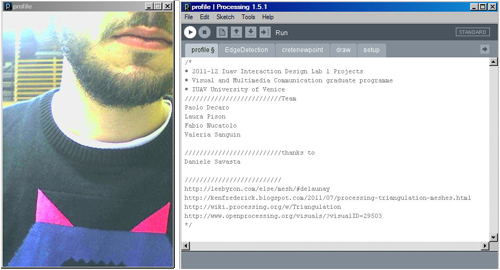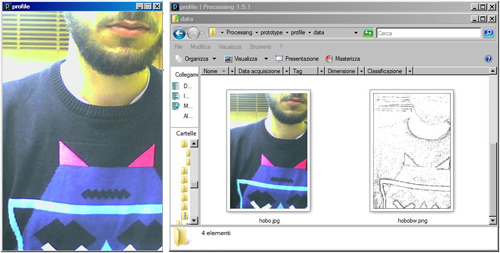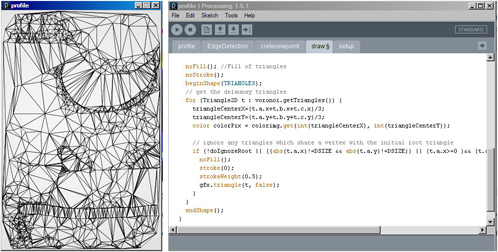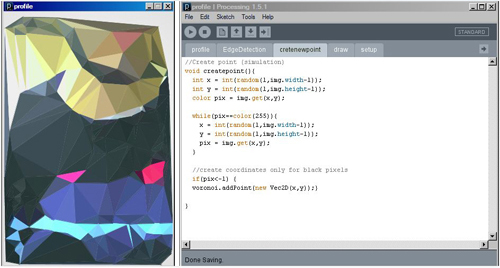Mobile application for Hobo in Venice
2011
‘BO – hard to be hobo, app.
‘BO – hard to be hobo, app.
Mobile application for hobos in Venice.
With – Paolo Decaro, Valeria Sanguin, Laura Pison.
Our mobile application allows people to find experiences in unusual ways, according to their interests and giving them the opportunity to meet many others along different routes in the city.
We decided to work for hobos: people who choose to live a wandering life. These people do not belong to a fixed physical place, have no permanent ties to people and live by the day in search of inner growth.
Scenario
Venice 2020, where every object is connected wirelessly and communication between devices is free and these devices have high storage capacity and low power consumption. Payments are made through mobile devices such as smartphones.
Users
Hoboes are wanderers who voluntarily adopt a homeless lifestyle based on simplicity, travel, adventure, soul-searching, marginality, and occasionally finding work to provide for themselves.
A code of ethics was created by Tourist Union #63 during its 1889 National Hobo Convention in St. Louis, Missouri. This code was voted on as a concrete set of laws to govern the Hobo nationwide:

To cope with the difficulties of their way of life, hoboes traditionally developed a system of symbols, or a code. Hoboes would write this code with chalk or charcoal to provide directions, information and warnings to other hoboes. Some signs included “turn right here,” “beware of hostile railway police,” “dangerous dog,” “food available here,” and so on.

Personas
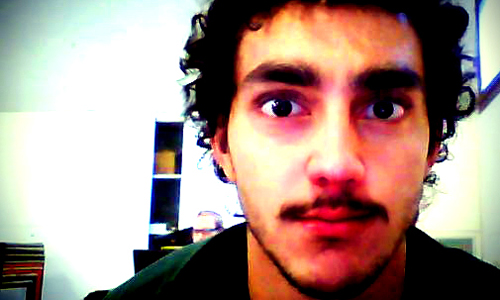
Gill is a young recent college graduate who decides to leave his comfortable life behind to face the hard life on the road. He carries little with him when he travels but always has his smartphone in his worn pockets, his only link to his past.
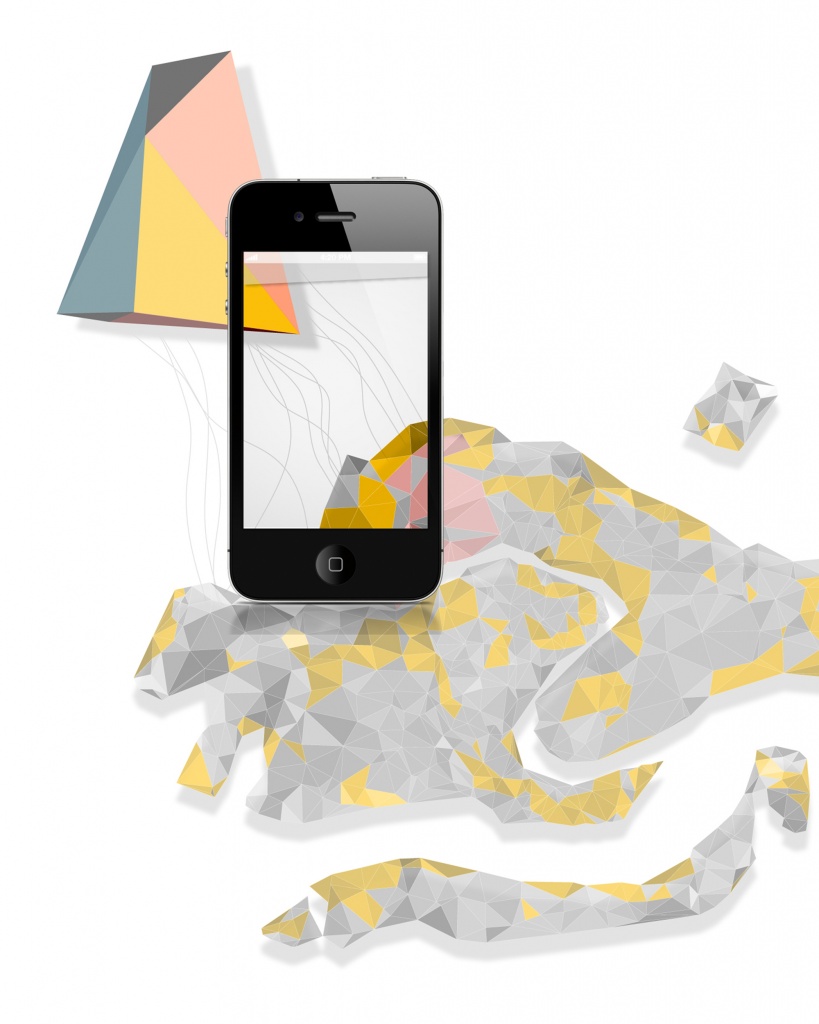
The app asks the wanderer to take a picture to create his profile picture. It then asks him to talk about his interests. The application processes this information through a system that recognizes key words in the speech and assigns the profile picture a series of colors based on the number and type of interests. The profile image grows according to the number of experiences fixed by the hobo in the application’s memory.
When the hobo decides to move to another location, the device disconnects from the Venice network. The graphical feedback of his decision consists of a physical detachment of the Venice map from the profile image. By zooming in on the fragmented map of the city, it is possible to preview the experiences of other vagrants.
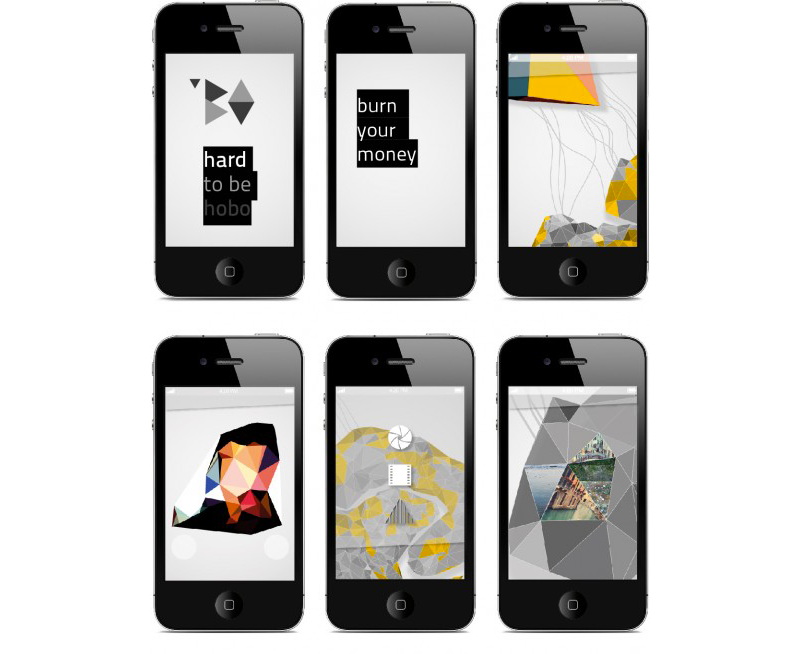

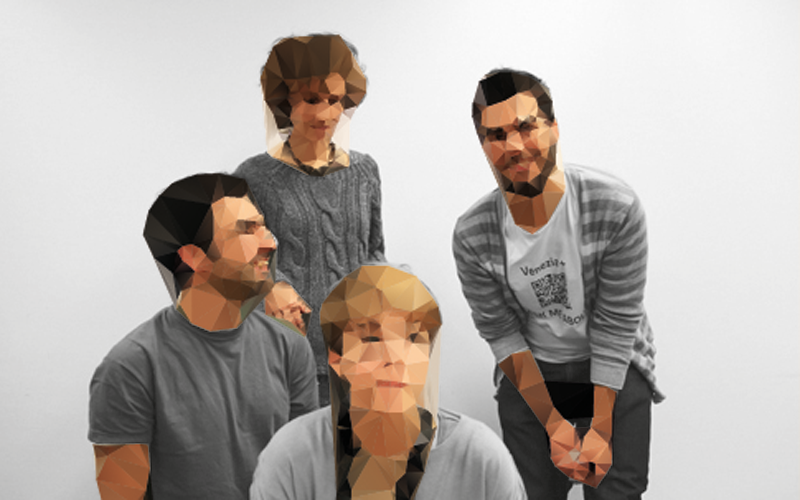
At the beginning of the project we were really comfortable brainstorming.
It was one of the parts that most energized us about the project. It was a challenge to combine everyone’s points of view and turn our project into a working application. But with each person’s technical expertise, and by constantly comparing ideas and feelings about the project, we were able to get to the heart of the project and bring it to completion.
After the initial brain storming, where I tried to empathize with our user, with Paul I designed the graphical proposal. I decided to focus on prototyping in processing the Delaunay Triangulation, which is useful for making most of the images used in the prototype; this is the main graphical feature of the application. Then I took care of making this code stable for the exam demonstration.
